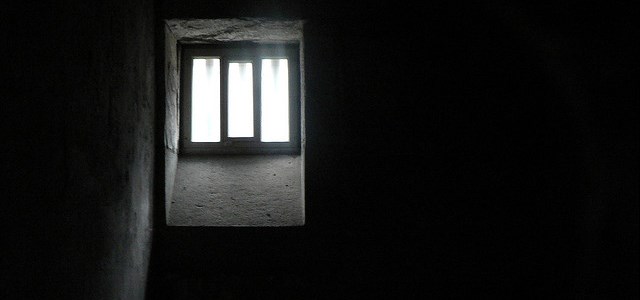 Immigration and Customs Enforcement (ICE) issued much-needed guidance Tuesday on the use of solitary confinement in immigration detention facilities. As Immigration Impact reported earlier this year, ICE has been severely criticized for its excessive use of isolation of immigrant detainees. Every day, out of more than 30,000 detainees, roughly 300 immigrants are held in solitary confinement at the nation’s 50 largest detention centers overseen by ICE, according to federal data. Solitary confinement is one of most expensive forms of detention, The New York Times reported in March, and nearly half of immigrant detainees held in solitary confinement are isolated for 15 days or more – “the point at which psychiatric experts say they are at risk for severe mental harm.” About 10 percent are held for more than 75 days. And officials regularly place immigrants in isolation for breaking rules, getting into fights or for their own protection if they have vulnerabilities such as being gay or mentally ill.
Immigration and Customs Enforcement (ICE) issued much-needed guidance Tuesday on the use of solitary confinement in immigration detention facilities. As Immigration Impact reported earlier this year, ICE has been severely criticized for its excessive use of isolation of immigrant detainees. Every day, out of more than 30,000 detainees, roughly 300 immigrants are held in solitary confinement at the nation’s 50 largest detention centers overseen by ICE, according to federal data. Solitary confinement is one of most expensive forms of detention, The New York Times reported in March, and nearly half of immigrant detainees held in solitary confinement are isolated for 15 days or more – “the point at which psychiatric experts say they are at risk for severe mental harm.” About 10 percent are held for more than 75 days. And officials regularly place immigrants in isolation for breaking rules, getting into fights or for their own protection if they have vulnerabilities such as being gay or mentally ill.
The ICE guidance clarifies that solitary must be used only when necessary, and establishes procedures requiring the review and reporting of cases where it is used. Review and oversight is required when solitary confinement is used for over 14 days and in all cases where detainees have issues such as health problems or vulnerability to sexual assault or other victimization. Additional reviews are required every 30 days thereafter. Procedures are established to ensure that when solitary confinement is used as a disciplinary measure it is applied only after authorization by a disciplinary panel following a hearing and an individualized assessment, and only when necessary and in a way that is consistent and non-arbitrary.
If solitary confinement is used because the detainee is disabled, mentally ill, at risk for suicide, or otherwise especially vulnerable, the director of the field office must be immediately notified, appropriate health care must be provided, officials must notify the detainee’s attorney (if any), and the case must be reviewed to ensure no other alternatives are feasible. In addition, a Detention Monitoring Council will be created to review the use of solitary confinement and will subject facilities to heightened review if they appear to be using it excessively or inappropriately.
Given the devastating effects that solitary confinement can have, especially on immigrants who have experienced exploitation and abuse, this guidance is welcome and long overdue. According to reports by the National Immigrant Justice Center and the Detention Watch Network, solitary confinement is rarely necessary, can cause severe or irreversible mental and physical harm, and is a form of torture when used for long periods. Further reform of ICE solitary confinement policy is needed, including the abolition of its use for punitive purposes. However, the recent guidance requiring more oversight of solitary confinement and clarifying that it must be used only in limited circumstances is an important step in the right direction.
Photo Courtesy of Aapo Haapanen
FILED UNDER: enforcement, immigrants solitary confinement, Immigration and Customs Enforcement, Solitary Confinement Guidance, Solitary Confinement ICE, undocumented immigration


